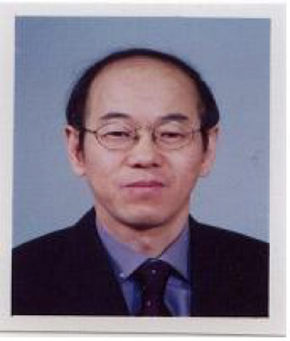Posted on : Jun.20,2006 09:55 KST
Modified on : Jun.20,2006 10:16 KST
Kim Jin-hwan, Professor of Trade and Commerce at Korea National Open University
One of the biggest points of contention at the South Korea-U.S. free trade agreement (FTA) negotiations relates to ROO, or "rules of origin," specifically the question of whether or not products made at the joint North-South industrial complex in Kaesong (Gaeseong), North Korea, can be defined as "Made in South Korea." ROO refers to the laws or rules that determine the standards or formalities for determining a given product’s "origin." The reason ROO is important in FTAs and other trade pacts is because there are always certain ambiguities between trading nations, and always the possibility that a ROO issue could end up being a considerable barrier to trade if applied unevenly. The ROO issue, therefore, becomes directly related to the goals of a trade agreement that seeks to be a tariff-free arrangement.
Defining ROO is also important because of the need to prevent the possibility that products from third countries might get a "free ride." North Korea and the United States are in the midst of a political confrontation over the North Korean nuclear issue. At a time when North Korea is weighing whether or not to test fire a missile that could target the U.S., it is essentially an enemy state to America. The U.S. cannot recognize products from Kaesong as being from the Republic of Korea, but as far as Korea is concerned, Kaesong is part of the land where Koreans live, and the industrial complex there is a sort of free trade zone created to produce South Korean products. This is why South Korea imposes only the value-added tax (VAT) that it would on any regular domestic product to products from Kaesong. It does not levy tariffs for the goods having crossed from one nation to another.
That being the case, there needs to be political compromise from both sides on this issue and a technical solution for the negotiation process. In a political solution, there are complex internal factors involved, and these often exclude the logic of the market economy. Such a solution, therefore, might be nothing more than an uncertain hope based on prediction. Working towards a technical solution is, however, something that the two sides would not want to give up on easily. Thus, South Korea needs to be able to put forward a persuasive argument.
To begin with, it must be remembered that FTAs are trade activities that are thoroughly related to tariffs between states, and as such they are international economic activities that are about negotiating, proposing, and compromising. We need to make known our experience, which is that when politics interfere in the market, it leads to failure.
Also, we need to refer to the rules outlined in the U.S. Trade Representative’s 2002 draft agreement for the Free Trade Agreement of the Americas (FTAA), because products manufactured in free trade zones are included in its duty free recognition procedures. Also, when one side has doubts about rules of origin in relation to a third country, the importing nation can demand consultation on the conditions under which a given product is produced and, following an inquiry, seek measures in response.
One strategic approach to making these negotiations a success would be to exercise enough resourcefulness to be able to flexibly incorporate the political within the economic. Even if the ROO involves politics, everyone involved needs to understand that recognizing products made in Kaesong as originating in South Korea is rational, considering the domestic situations of the FTA signatory nations and considering that, ultimately, the political and economic situation the Korean Peninsula is pursuing is inevitably part of the process of reunification.

